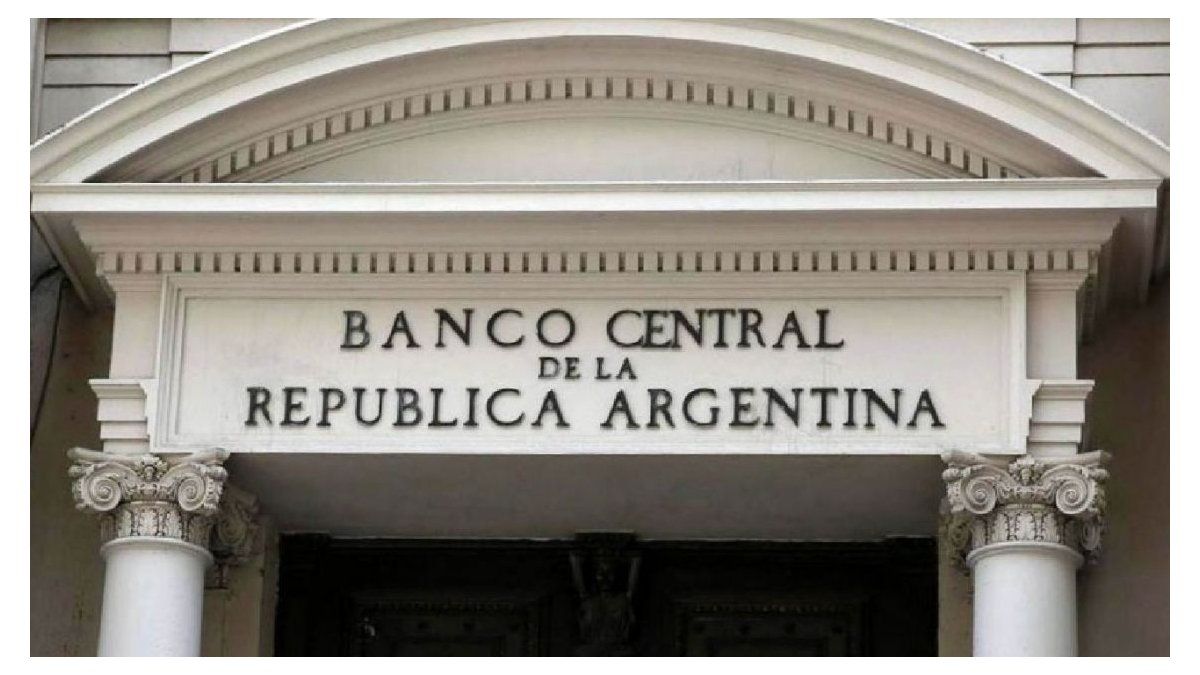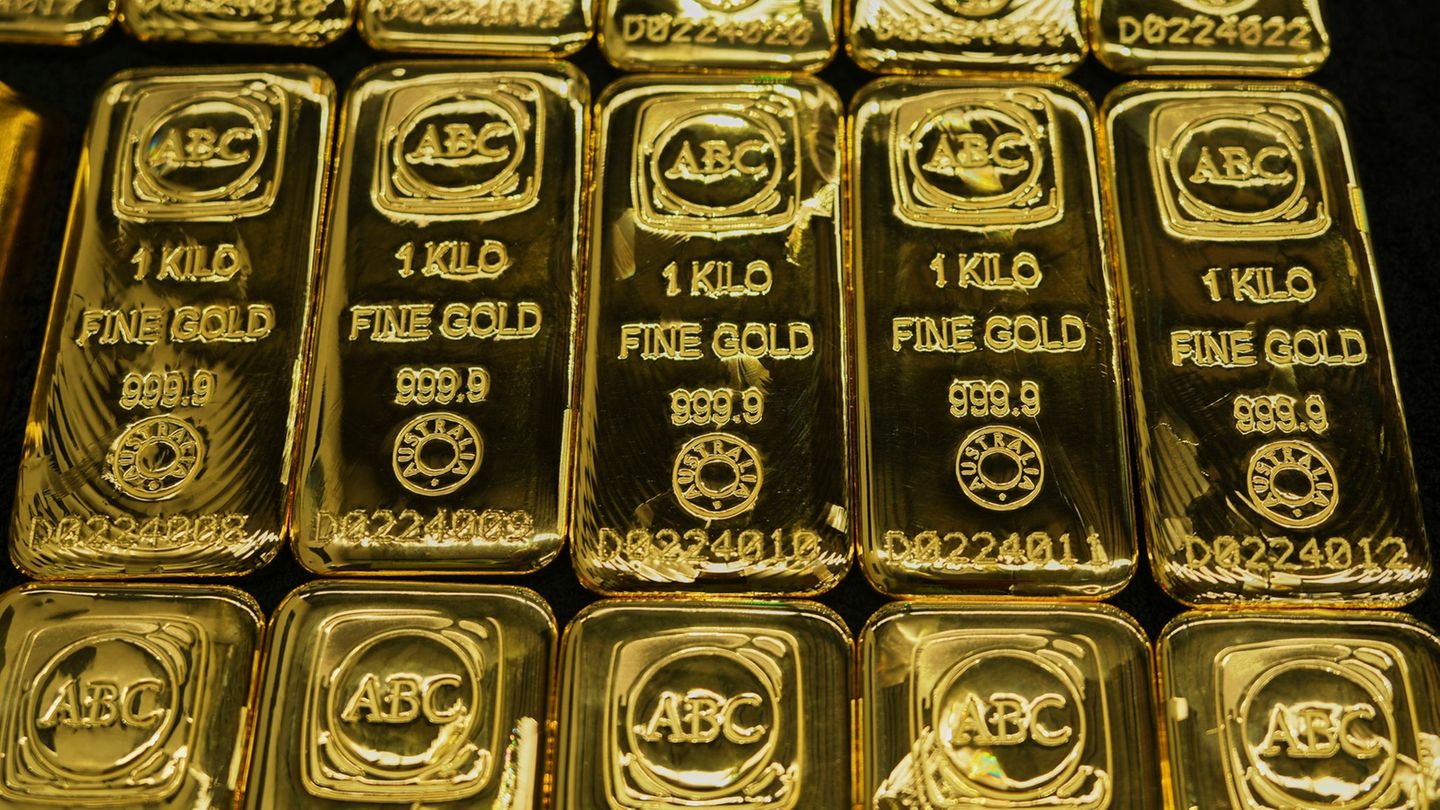He Central Bank (BCRA) The peso depreciation rate slowed so far in May, after having accelerated in line with the inflationary trend, and even above it, last month. And it is that the Consumer Price Index (CPI) of the National Institute of Statistics and Censuses (INDEC) stood at 7.7% in March and the evolution of the price of the dollar was close to 8.2% per month towards the end of April. Thus, as indicated by Portfolio Personal Inversiones (PPI) in a recent report that the crawling peg it was cut from 165.1% of the Annual Effective Rate (TEA), which averaged last April 26, to 125%.
The report explains that “the monetary authority would be seeking to discourage the stocking of tradable goods, both by importers and exporters, by reset the spread with rates in pesos”, which average a TEA of 141%. And he considers that this hypothesis makes sense when it is taken into account that the agricultural dollar is not having the expected success, so the BCRA you would be recalibrating your strategy to maximize liquidation.
It happens that this third version of the Export Increase Program (PIE)known as the agricultural dollar, accumulates, so far, liquidations for a little more than US$3.200 million and is “a little late, although in recent days it has been growing, since this Thursday almost US$163 million entered, the highest daily number since the launch of the initiative”, according to the economist Federico Glustein.
Undoubtedly, this acceleration in recent days may be in line with the fact that the end of the program is nearing, which aims to raise close to US$5,000 million in its first stage (which ends at the end of May), intended for the soybean and corn sector, since it will later remain in force for various exports from regional economies.
Crawling-peg: the variables that justify its slowdown
In this context, it could, on the one hand, be a variable to consider when analyzing the variables that are slowing down the crawling pegbut, on the other, Glustein considers that a more important element is the intention to control inflationwhich “is out of control” and ensures that “the depreciation of the exchange rate ends up having an impact on prices through tradable goods.”
And, in line with this concept, add the fact that the BCRA is controlling the alternative exchange rates on several sides (through intervention in the bond market and limiting the possibility of buying stock dollars), so In his view, “a acceleration of the exchange rate could boost demand again”, given that it would generate a greater devaluation expectation, and that would go against that strategy.
Likewise, the Invecq economist Juan Pablo Albornoz points out that another issue to take into account is the fact thatThe rate of appreciation of the official dollar “had been well above the rest of the rates” (referring to those of monetary policy and inflation), except that of the future dollar market (Matba-Rofex)”.
Let us remember that, two weeks ago, the BCRA applied an rate hike of 1,000 basis points and brought the nominal annual rate (TNA) to 91%, with a effective monthly return (the TEM) around 7.5% and an annual effective interest (TEA) of 141% for Leliq and 140.5% for the fixed term. Meanwhile, the Treasury has been successively improving the rates of debt placement instruments.
And the worrying thing is that the acceleration of the crawling peg above those variables could generate a risk of further inflationary accelerationin addition to encouraging higher devaluation expectations, favoring speculation in some economic sectors regarding exportable and importable goods, mainly.
Is there enough dollars to slow it down?
Consequently, everything would indicate that the BCRA aims to slow down the pace of daily microdevaluations of the national currencyhe. However, as pointed out by the economist and director of Analytica Claudio Caprarulo, “the rate of devaluation of the peso (crawling-peg) varies a lot on a daily basis”, so he considers that it is still early to draw conclusions about what the final result of the month will be for the evolution of that variable.
And, while it is true that several elements justify a moderation in the rate of devaluation Going forward, Caprarulo believes that “until devaluation expectations drop definitively, which implies a reduction in the exchange rate gap”, the incentive to stock up is still present, which strongly affects the dynamics of dollar inflows for the Government.
The big problem is that, and, Paradoxically, Caprarulo warns that, “without dollars, there is not much room for the crawling peg to come down hard.” And, thus, as Glustein indicates, this strategy that has been observed in recent days could respond to “some type of strategy to negotiate a greater flexibility of the program agreed with the International Monetary Fund (IMF)”, taking into account that the organization It requires the Government to seek to keep the different rates of the economy aligned and considering the fact that it has already obtained the consent of the fund to be able to intervene in financial exchange rates.
Source: Ambito




